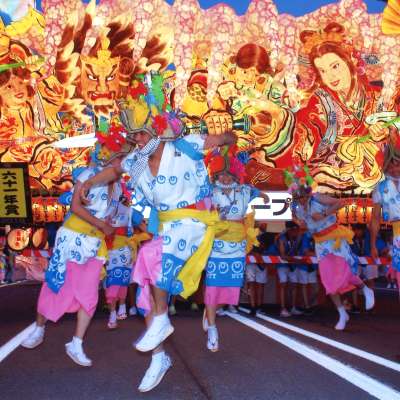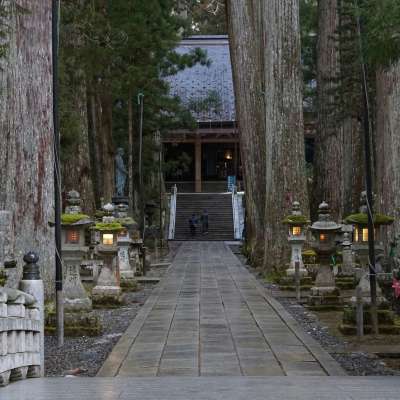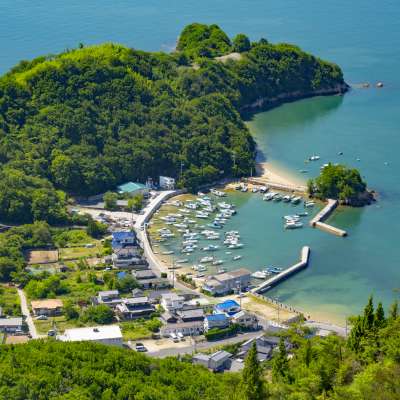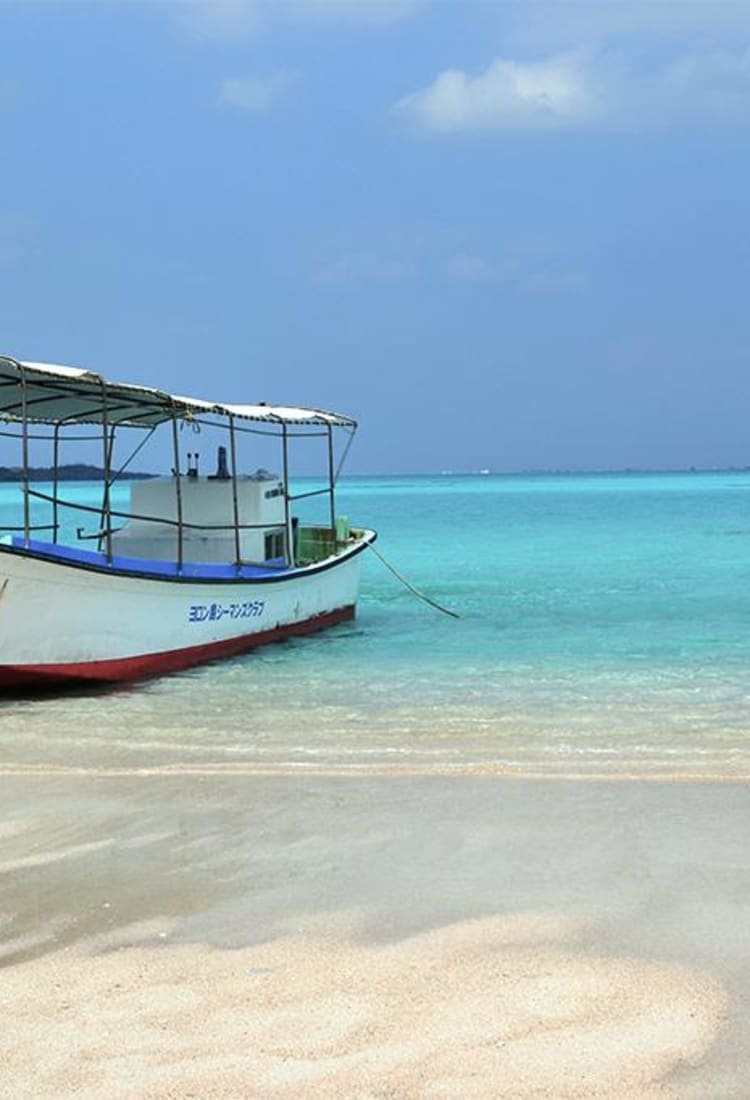
2023.08 Island Hopping Across the Captivating Amami Archipelago Japan’s Secret Tropical Paradise of Natural Wonders and Cultural Traditions
Photo credit: Kagoshima Prefectural Visitors Bureau
The islands’ remote location and lack of urban development have resulted in a diverse array of flora and fauna, including breathtaking mangrove forests and the adorable, but endangered, Amami Rabbit. This rabbit inhabits only Amami Oshima and Tokunoshima in the Amami archipelago. Parts of two islands in the archipelago, Amami Oshima and Tokunoshima, have been designated a UNESCO World Natural Heritage Site, with special buffer zones around protected areas to preserve natural habitats for native plant and animal life.
Although technically a part of Kagoshima, the Amami islands are far to the southwest from the mainland prefecture. Amami Airport on Amami Oshima, the largest island, serves as the primary travel entry point to the region, and is roughly 2.5 hours by air from Tokyo, 2 hours from Osaka, 90 minutes from Fukuoka and 60 minutes from Kagoshima Airport or Naha, Okinawa.
Amami Oshima’s natural wonders
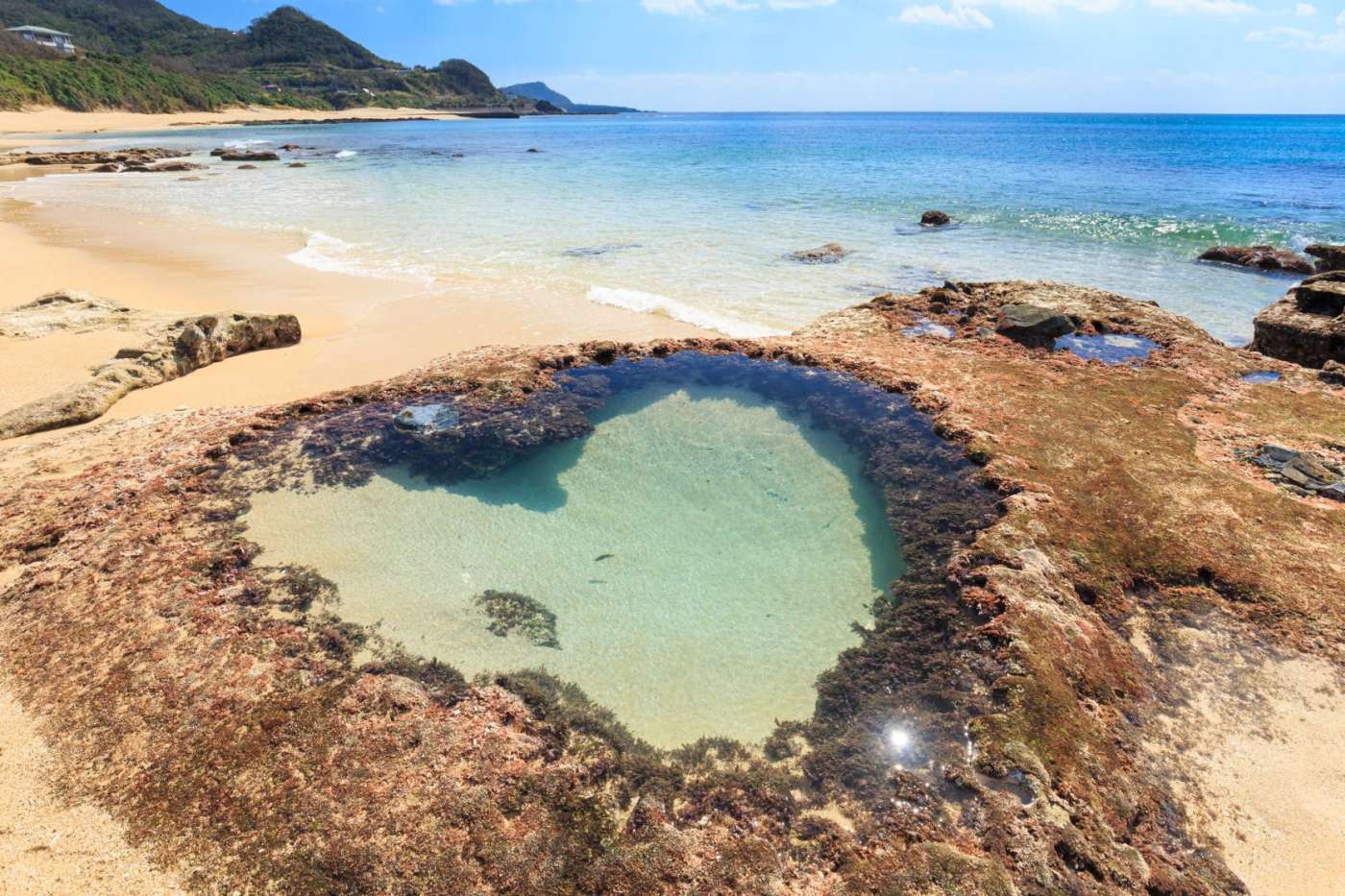
Amami Oshima’s Heart Rock is a great location for couples to explore and relax in paradise.
Photo credit: Kagoshima Prefectural Visitors Bureau
The crystalline blue waters of Tomori Beach are only 10 minutes by car from Amami Oshima’s Amami Airport. Nicknamed the Blue Angel, the gentle drop-off here is a great place to take in the ocean’s grandeur. Couples might want to head south to Heart Rock, a heart-shaped tidepool that appears at low tide for a romantic snapshot.

Amami Kuroshio Mangrove Forest is a natural wonderland with epic scenery.
Photo credit: Kagoshima Prefectural Visitors Bureau
Amami Oshima’s star attraction is the Amami Kuroshio Mangrove Forest to the south of the island. This expansive nature preserve makes up a vast percentage of the town of Sumiyo. Breathtaking even from dry land, the best way to experience the forest is canoeing along its waterways, paddling past the roots of the great trees as your guide teaches you about its residents, including native fish and bird species.

Guided tours are available starting from one hour sessions.
Photo credit: Kagoshima Prefectural Visitors Bureau
Finally, Oshima tsumugi is a distinctively charming type of silk dyed with mud. Visitors to Amami Oshima can try their hand at making a tsumugi handkerchief at craft centers on the island, or purchase other crafts at souvenir shops.

Try your hand at mud dyeing and create a unique handkerchief!
Kikaijima, island of coral
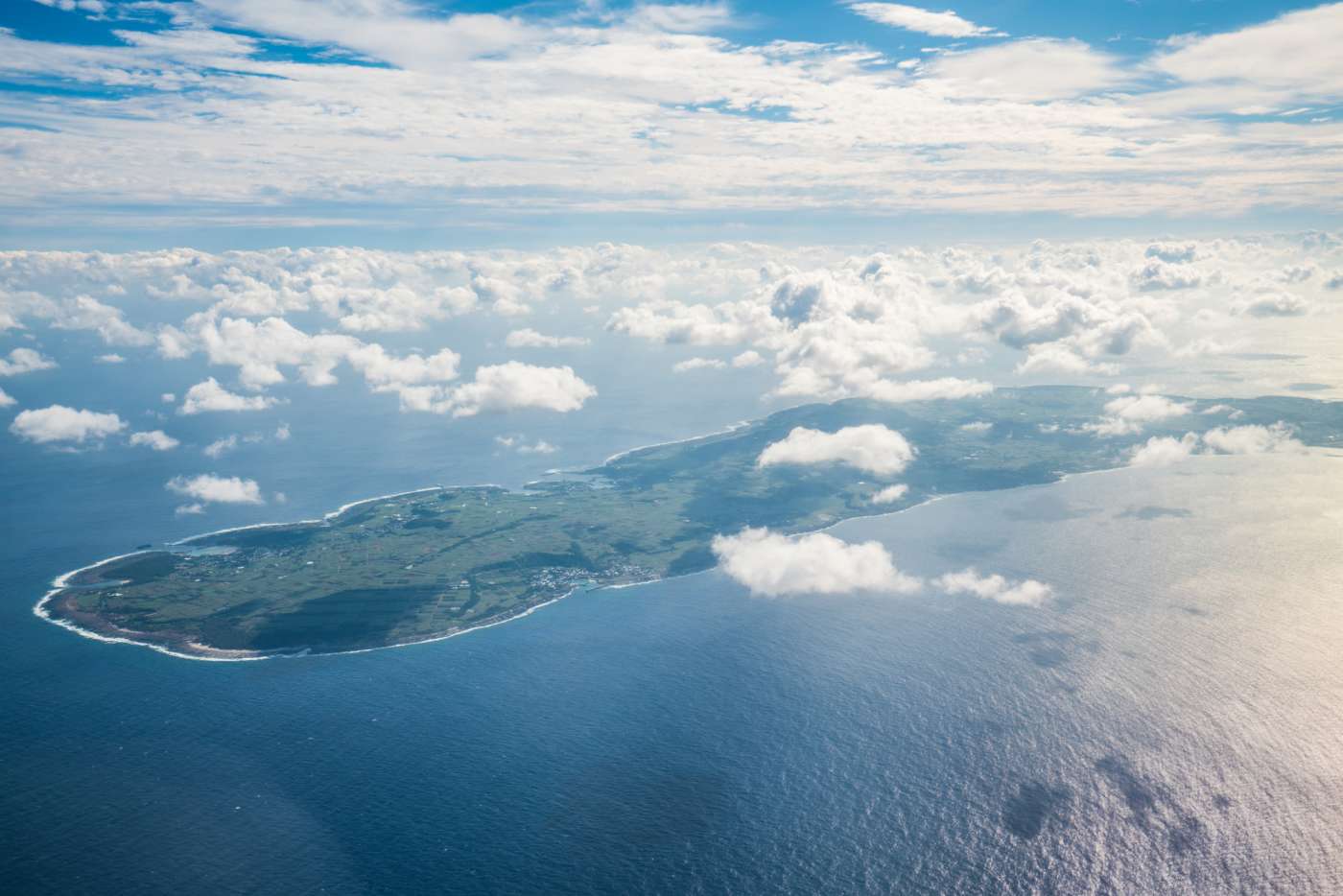
The easternmost Amami island of Kikaijima rests on fast-growing coral.
Kikaijima is the easternmost Amami island, just a 20-minute flight from Amami Oshima. Here, the topography is low and flat, but actually Kikaijima is slowly rising from the sea, as it sits atop some of the fastest-growing coral reefs in the world. The island boasts beautiful beaches, with Sugira and Onotsu Prince Beaches being the most popular. Visitors should definitely consider a scuba tour to get a glimpse of the giant undersea Porites coral formations, including one off the island’s southeast coast that’s said to be over 400 years old.

The traditional architecture of the town of Aden.
Photo credit: Kagoshima Prefectural Visitors Bureau
There’s also a way to see Kikaijima coral without getting your feet wet. Villagers on the island once surrounded their homes with stone walls made with coral and ivy, to protect the buildings from the powerful typhoon season winds. Road widening and modern building materials have led to many communities removing their coral walls, but the tradition lives on in the town of Aden, on Kikaijima’s southeastern coast.

“Sugarcane road” shows a different, beautiful side of Kikaijima.
Photo credit: Kagoshima Prefectural Visitors Bureau
A stroll along Aden’s streets, followed by a glass of kokuto shochu, a spirit made with sugarcane grown in Kikaijima’s picturesque sugarcane farms, makes for a relaxing way to experience the local culture.
Yoronjima’s tropical diving paradise

Yurigahama isn’t always there, but when it is, it’s amazing.
Photo credit: Kagoshima Prefectural Visitors Bureau
Yoronjima, or Yoronto, rests at the southern tip of the Amami Archipelago, a 40-minute flight from Amami Oshima. Ringed by coral reefs, Yoronjima has many impressive beaches, including Yurigahama Beach, an island that appears at low tide off the eastern coast of Yoronjima between spring and fall, disappearing when the tide rises again. Time your visit well, and you’ll be rewarded with star-shaped white sand and panoramic ocean views.

Delve undersea on Yoronjima for unforgettable encounters with wildlife.
Directly across the water from Yurigahama is Oganeku Beach, the longest beach on the island and a perfect starting point for scuba and snorkeling. Glass-bottom boat rides that provide peeks at the coral below are also popular here. Oganeku also has a campground for those who want to stay as close to the shore as possible, and further west on the island, within walking distance of the center of the quaint Chabana neighborhood, is Udonosu Beach, where you might find a congregation of sea turtles accompanying you.
Okinoerabujima, island of flowers and limestone caves
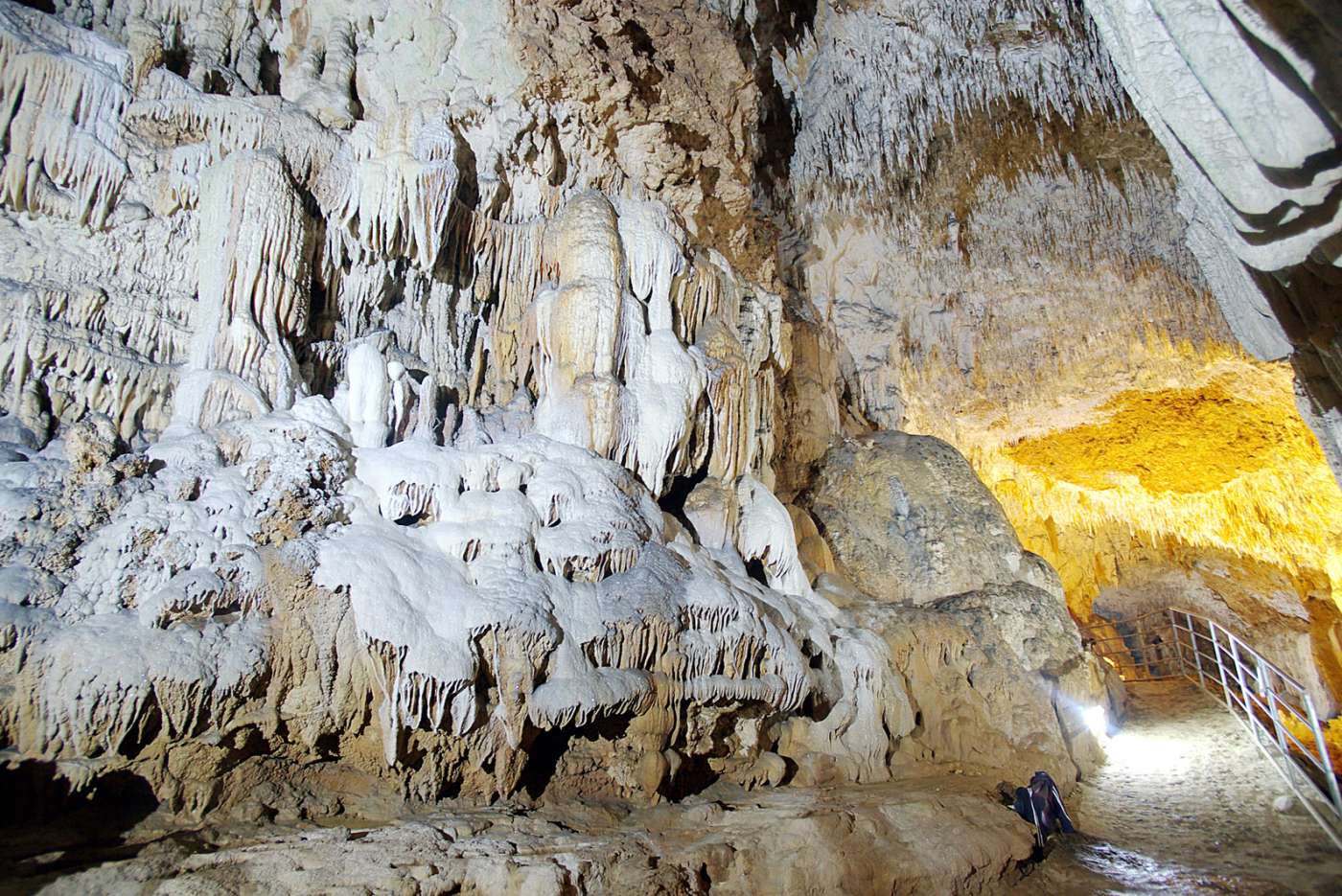
Shoryudo’s illuminated walkways and safety railings allow anyone to spelunk with ease.
Photo credit: Kagoshima Prefectural Visitors Bureau
©Okinoerabu Island
Another incredible example of the Amami islands’ natural beauty is exploring Okinoerabu Island, which is a 1 hour and 15-minute plane ride from Kagoshima airport or 60 minutes from Okinawa’s Naha airport. On Okinoerabu, a network of limestone caves spiderwebs beneath the surface of the island, with the most spectacular, Shoryudo, stretching three and a half kilometers. Visitors can walk a 600-meter portion of the cave with stalactites overhead and flowstones at their elbows creating a dramatic, otherworldly atmosphere. Adventurous travelers can take on more challenging routes, some with underground waterways, such as the five-hour Ginsuido cave course for experienced cavers only.

Kasaishi Beach Park’s observation deck provides grand views over the grounds.
Up in the light of day, flora fans won’t want to miss Kasaishi Beach Park, which has flowers in all seasons but is at its most scenic from late April to mid-May when the trumpet-like white blossoms of the local Erabu lilies bloom.
Hidden delights on other Amami islands
With 13 total islands in the archipelago, this is just a taste of what the region has to offer travelers, with many other sites, like the dramatic coastal cliffs of Tokunoshima Island, providing ample temptation to extend your time in this part of Japan.

Take a break from the beach and explore one of Amami’s many lush forests on a guided tour.
Photo credit: Kagoshima Prefectural Visitors Bureau
Although there’s an abundance of activities on the Amami Islands, be aware that public transportation can be infrequent. Amami Oshima does have multiple routes on its Shima Bus network, but renting a car is often the quickest way to get around. For those looking to make less of an impact on the environment, rental e-bicycles are a great way to slow down and savor the island lifestyle. After all, the pace of life is really what makes the Amami islands so special.
Information
Heart Rock (Amami Oshima) |
Aden Village, Kikaijima |
Yurigahama Beach |
Shoryudo Cavern |




























































